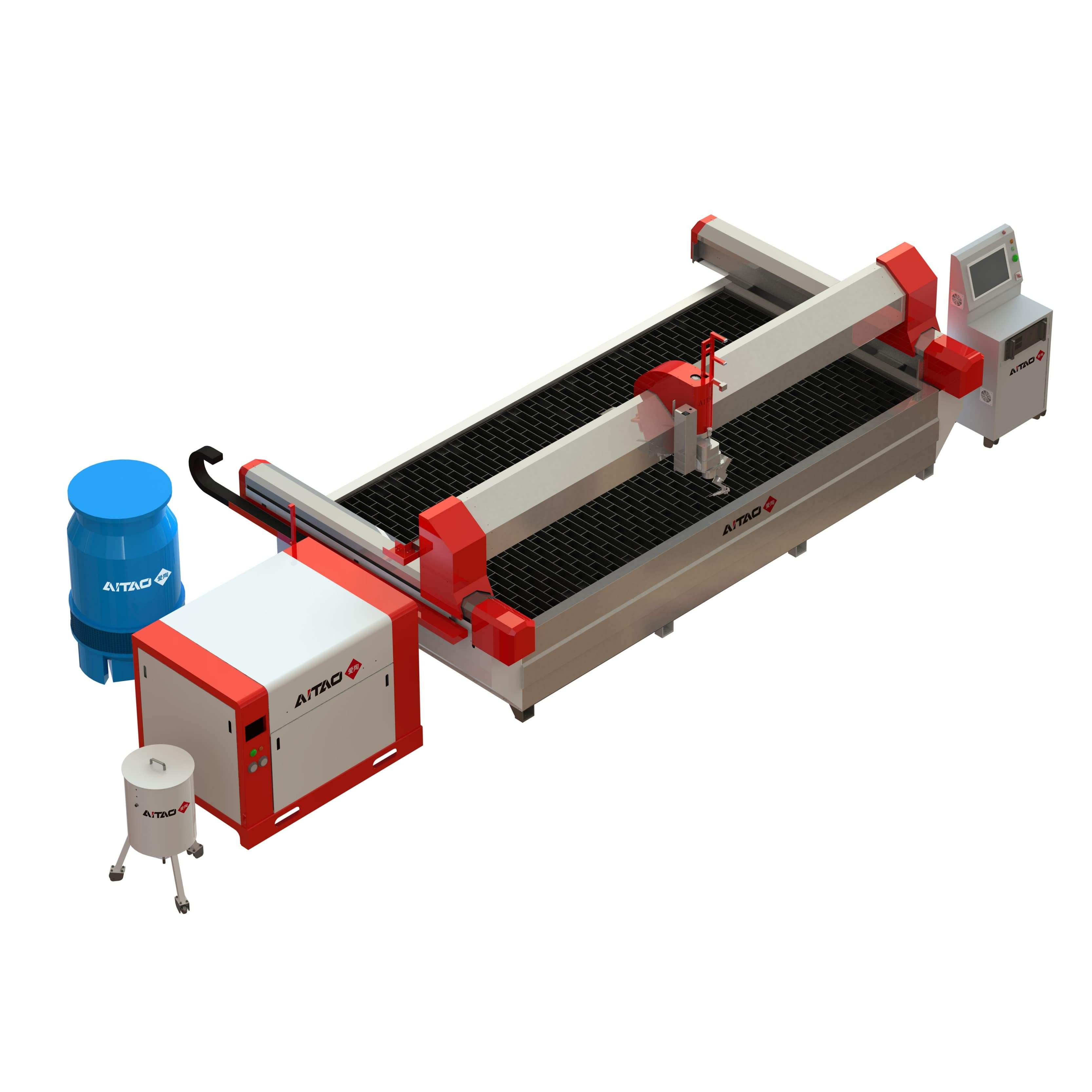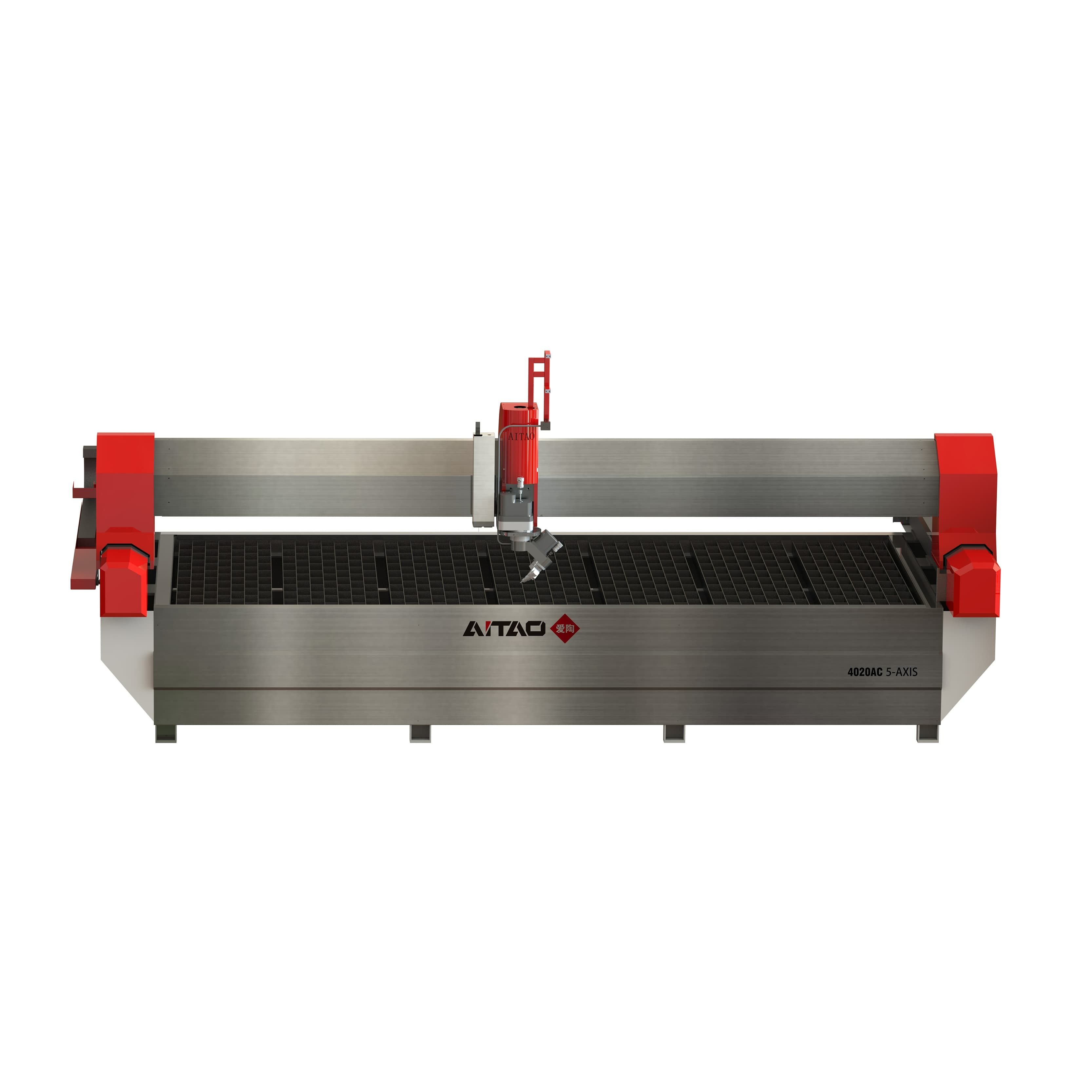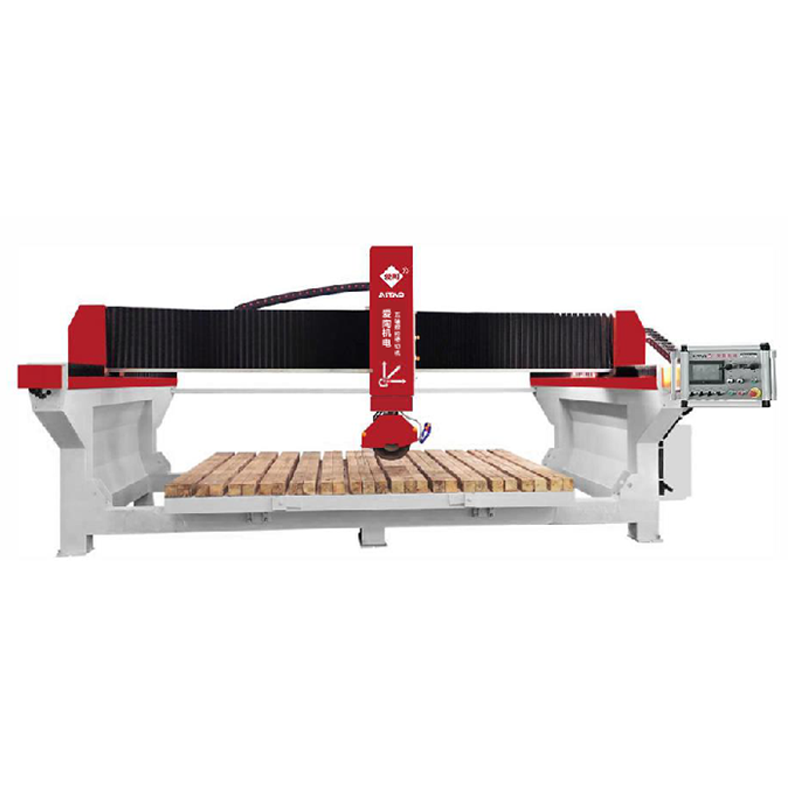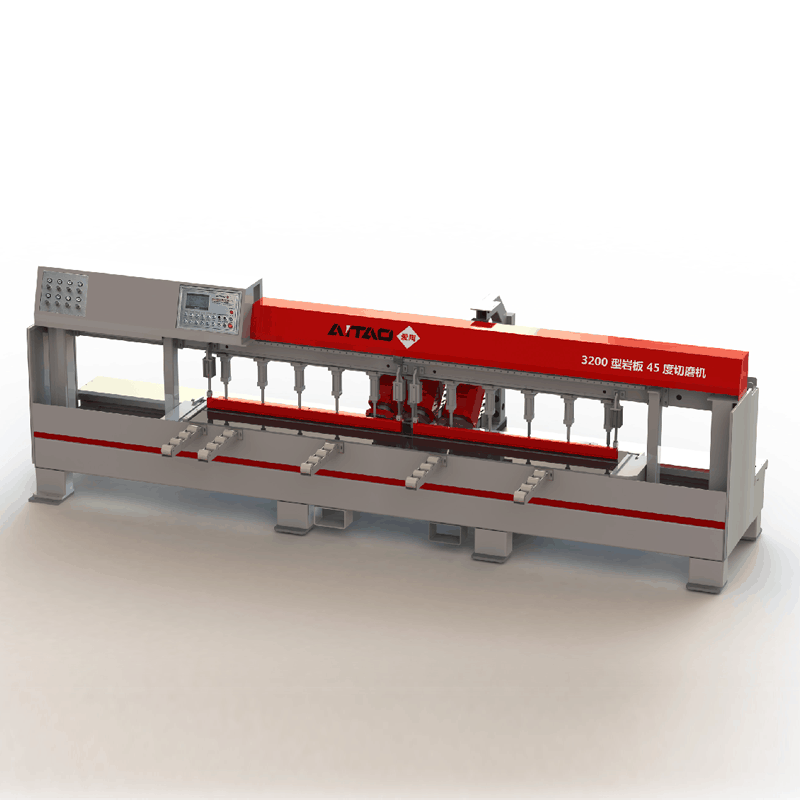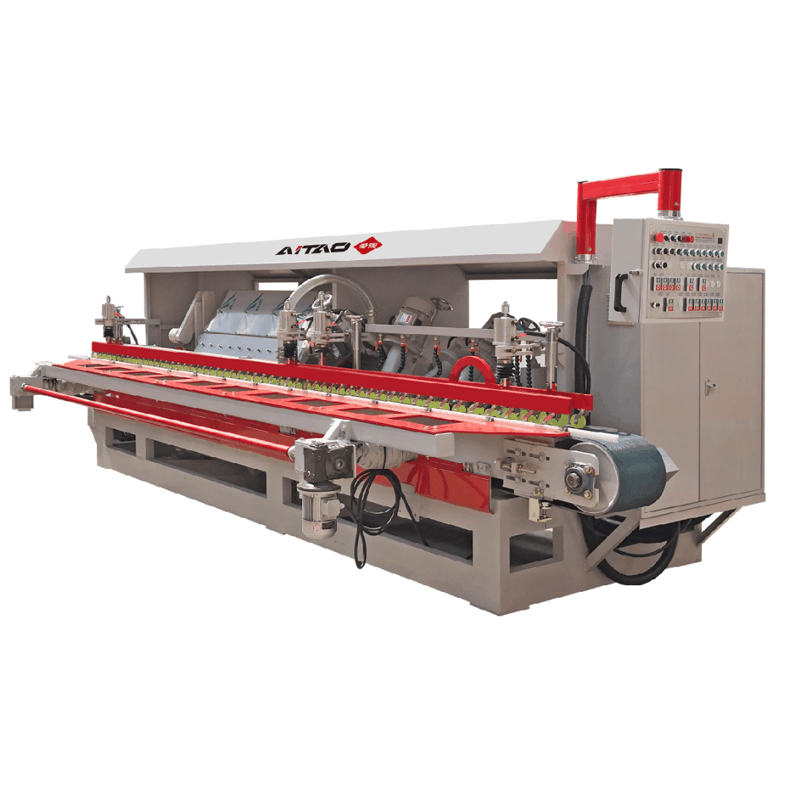In the world of precision cutting, waterjet technology has emerged as a formidable force, revolutionizing industries ranging from aerospace to manufacturing. Waterjet cutting has become a popular solution for a variety of applications due to its ability to slice through materials with great precision and low waste. However, when it comes to choosing between a 3-axis and a 5-axis waterjet cutting machine, the decision isn't always straightforward. Each configuration offers its own set of advantages and considerations, making it crucial for businesses to weigh their options carefully.
Understanding the Basics
Before we begin the comparison, let us first define the key distinctions between 3-axis and 5-axis waterjet cutting machines.
3-Axis Waterjet Cutting Machine: As the name suggests, a 3-axis waterjet cutter moves along three axes: X (horizontal), Y (vertical), and Z (depth). This configuration allows for cutting two-dimensional profiles in materials such as metal, stone, glass, and composites.
5-Axis Waterjet Cutting Machine: In addition to the X, Y, and Z axes, a 5-axis waterjet cutter incorporates two additional rotational axes: A and B. This enables the cutting head to tilt and rotate, providing greater flexibility and precision in handling complex three-dimensional shapes and contours.
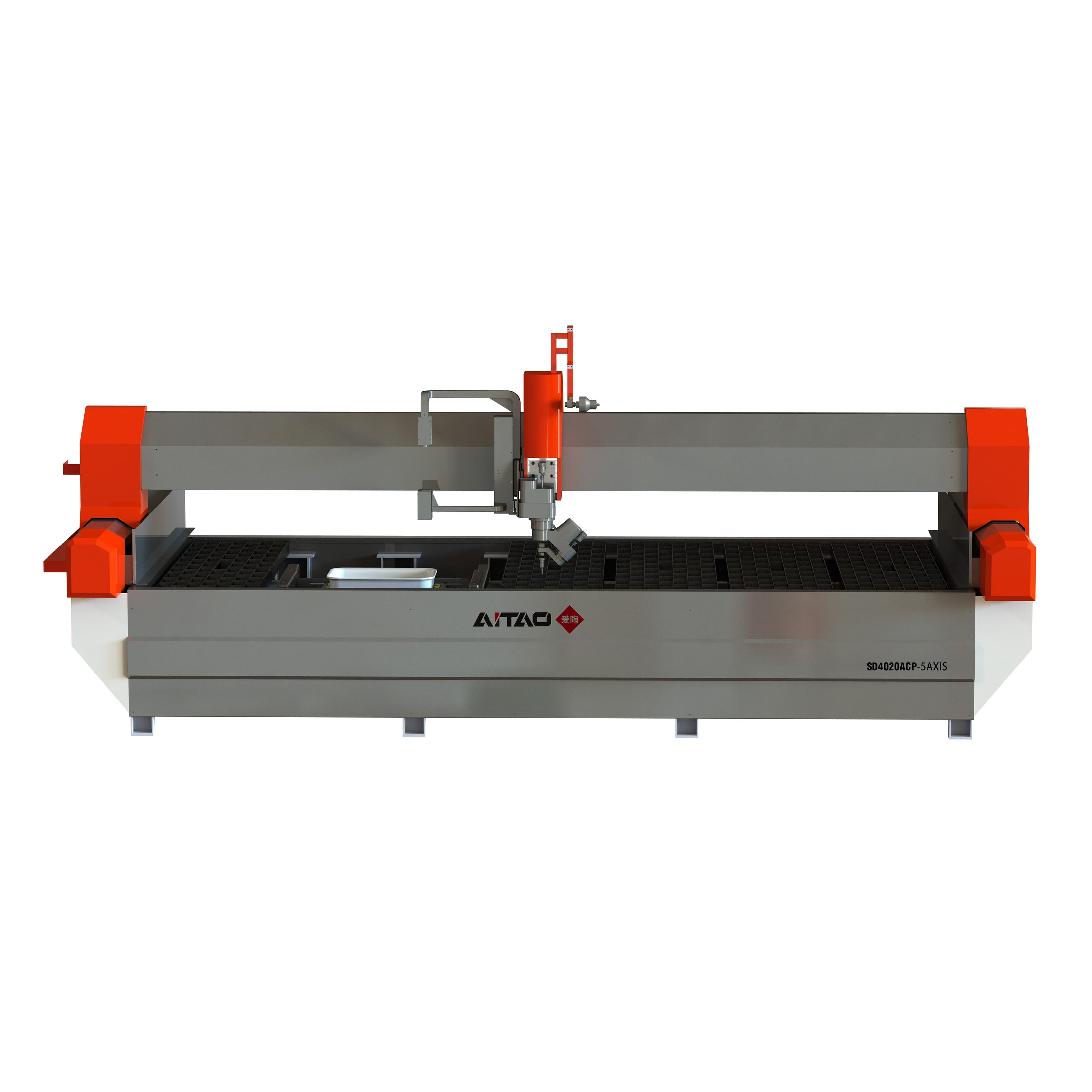
Comparing Performance
Versatility
3-Axis: While capable of producing intricate designs in two dimensions, 3-axis waterjet cutting machines have limitations when it comes to complex 3D shapes. They excel in areas where flat or slightly curved cuts are common. Industries such as signs, architectural fabrication, and automobile gasket manufacture frequently find 3-axis machines adequate for their cutting requirements.
5-Axis: The additional rotational axes of a 5-axis waterjet cutter enhance its versatility, allowing it to tackle a broader range of geometries. This makes it the preferred choice for industries that demand intricate 3D cutting capabilities, such as aerospace, automotive, and mold making. Whether it's sculpting complex parts for aerospace components or creating precise molds for automotive prototypes, the flexibility of a 5-axis machine opens up new possibilities for manufacturers seeking to push the boundaries of design.
Precision
3-Axis: These machines offer high precision in two-dimensional cutting, ensuring clean edges and minimal material wastage. However, when it comes to intricate 3D contours, achieving the same level of precision can be challenging. The limitation of fixed angles in 3-axis machines may result in toolpath inefficiencies and compromise the accuracy of intricate features.
5-Axis: With its ability to orient the cutting head at various angles, a 5-axis waterjet cutter delivers superior precision, even in complex geometries. 5-axis machines reduce taper and increase edge quality by dynamically altering the cutting head's angle, especially in tight corners and fine details. This precision is crucial for industries where dimensional accuracy is paramount, such as medical device manufacturing and precision engineering.
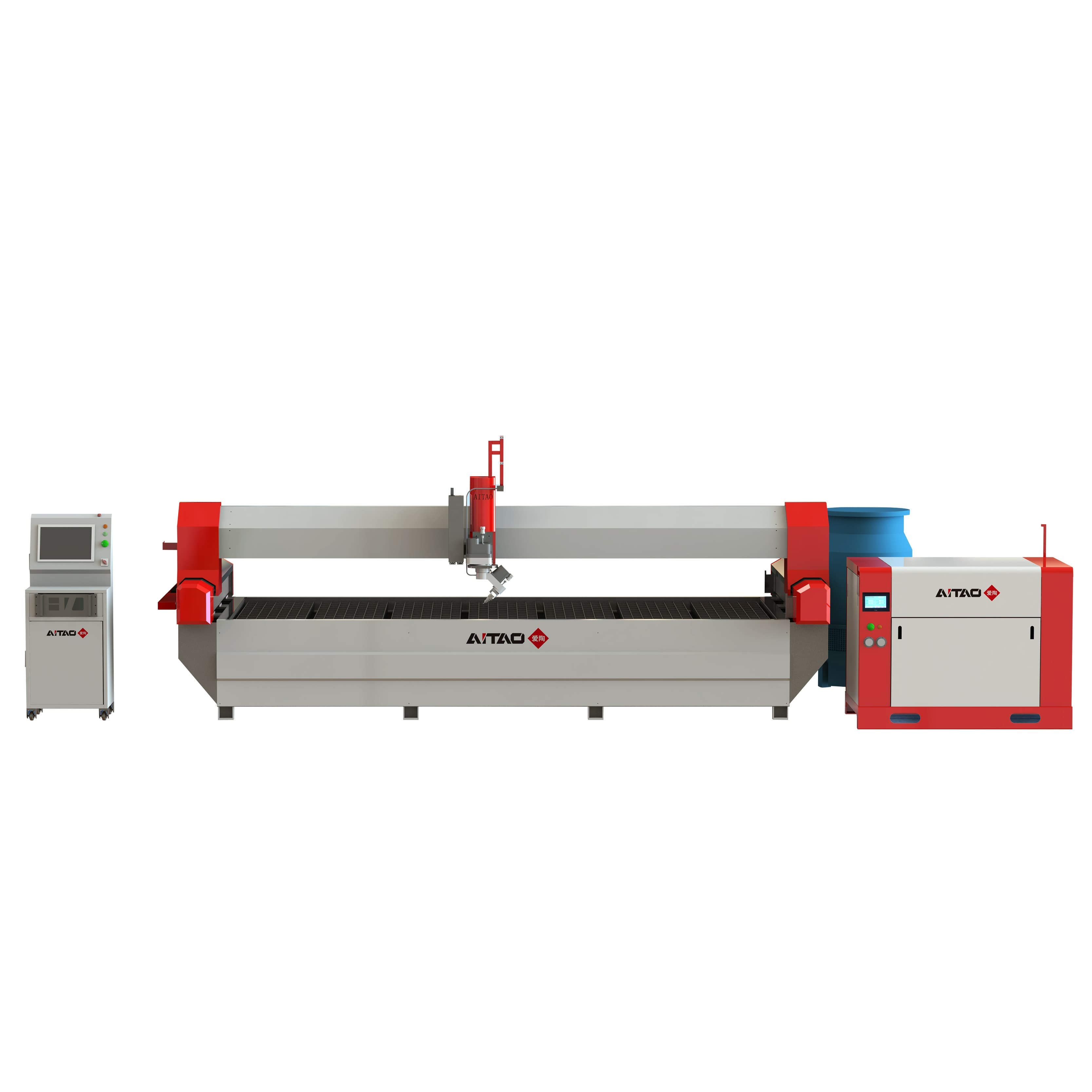
Composite Material Waterjet Cutting
Speed
3-Axis: Generally, 3-axis waterjet cutting machines operate at a faster pace compared to their 5-axis counterparts, especially for simple 2D cuts. The simplicity of movement along three dimensions enables the rapid fabrication of flat or slightly curved items, making 3-axis machines ideal for high-volume manufacturing environments.
5-Axis: While slightly slower than 3-axis machines for basic cuts, 5-axis waterjet cutters compensate with their ability to handle complex shapes without the need for multiple setups or tool changes. By minimizing the need for secondary operations and reducing setup times, 5-axis machines can ultimately improve overall throughput and efficiency, particularly for small batch production runs and custom projects.
Cost Considerations
When evaluating the cost-effectiveness of 3-axis versus 5-axis waterjet cutting machines, several factors come into play:
Initial Investment: Because of their increased capabilities and complexity, 5-axis waterjet cutting machines often require a larger initial investment than 3-axis machines.
Operating Costs: While 5-axis machines may offer superior performance in certain applications, they may also incur higher maintenance and operating costs over time, including increased tooling expenses and maintenance requirements for the additional axes.
Return on Investment (ROI): Businesses must evaluate their individual cutting needs and production requirements before determining the ROI potential of any machine setup. For companies with a steady demand for complex 3D components, the enhanced capabilities of a 5-axis waterjet cutter may justify the higher initial investment.
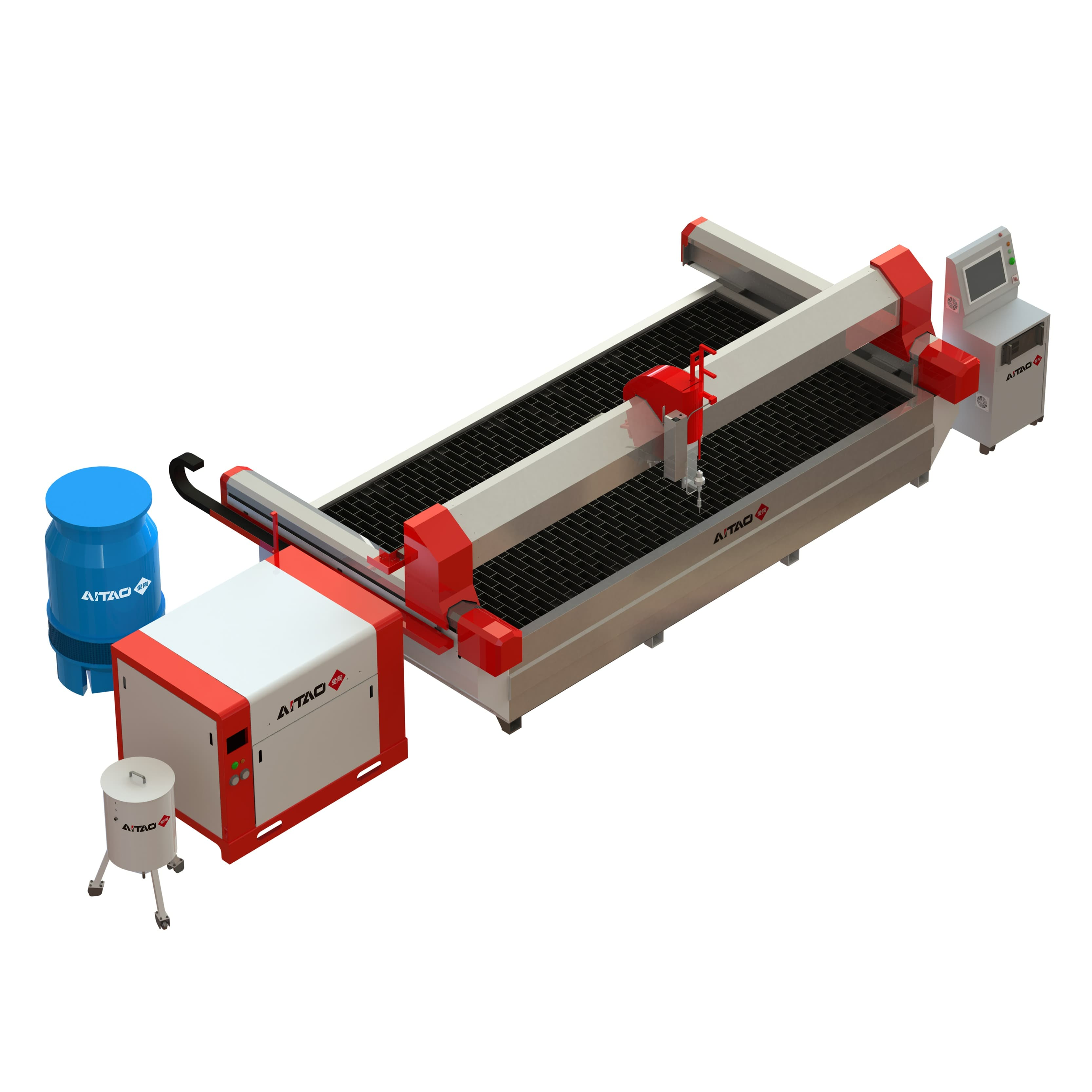
Conclusion
In the debate between 3-axis and 5-axis waterjet cutting machines, there's no one-size-fits-all answer. While 3-axis machines are quick and efficient for two-dimensional cuts, 5-axis machines excel at handling complex three-dimensional geometries with exceptional accuracy.
Whether you are looking for 3 axis waterjet cutting machine or 5 axis waterjet cutting machine, AITAO can help you. As a professional waterjet cutting machine supplier, we are devoted to offering a wide range of industrial cutting machines to fit different applications. Please contact us with our professional team for more details today!

